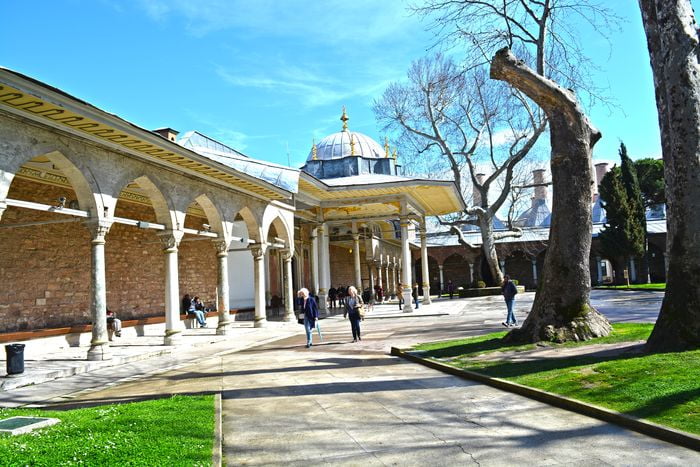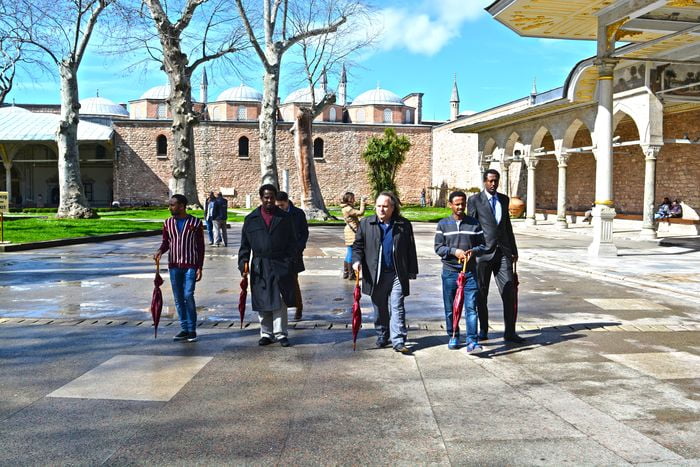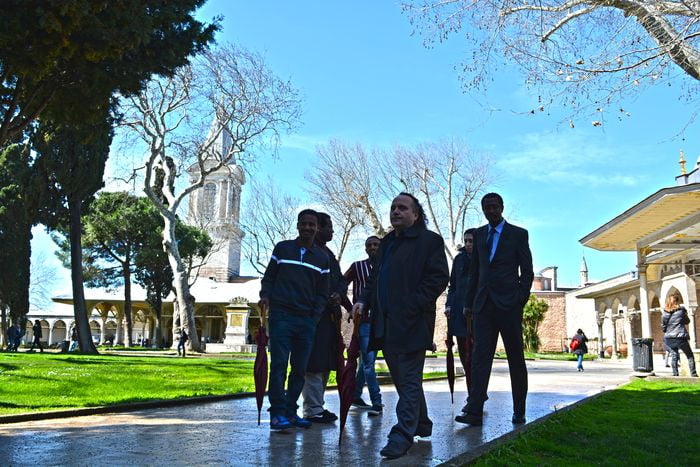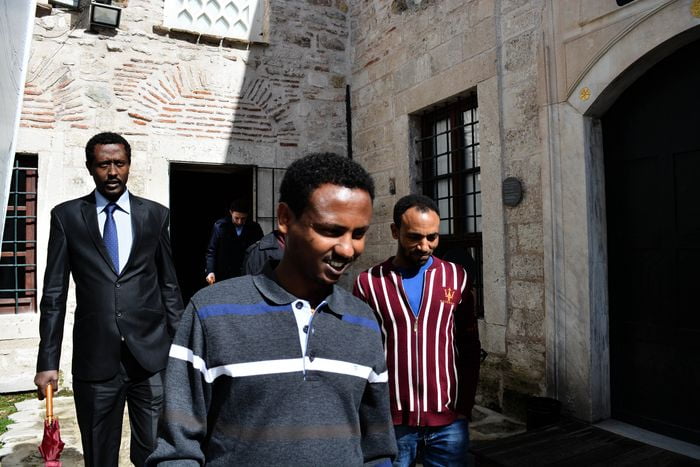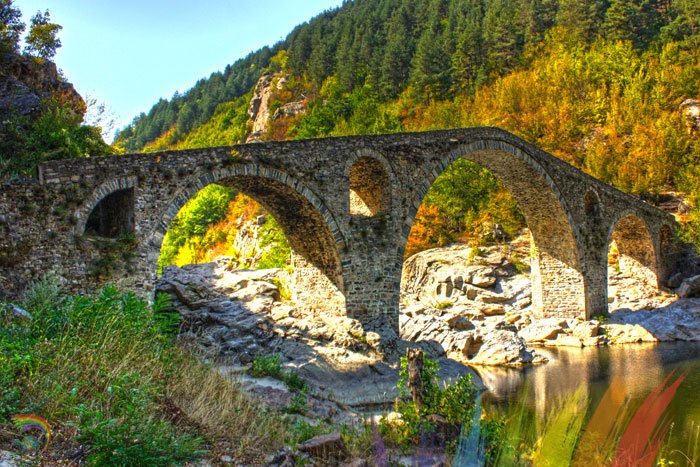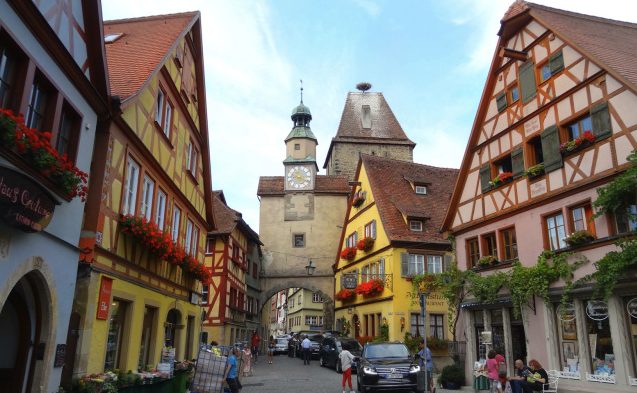The evil custom of assigning names to the images does not come down from Christ and the Apostles and the holy Fathers; nor have these left behind then, any prayer by which an image should be hallowed or made anything else than ordinary matter.
If, however, some say, we might be right in regard to the images of Christ, on account of the mysterious union of the two natures, but it is not right for us to forbid also the images of the altogether spotless and ever-glorious Mother of God, of the prophets, apostles, and martyrs, who were mere men and did not consist of two natures; we may reply, first of all: If those fall away, there is no longer need of these. But we will also consider what may be said against these in particular. Christianity has rejected the whole of heathenism, and so not merely heathen sacrifices, but also the heathen worship of images.
The Saints live on eternally with God, although they have died. If anyone thinks to call them back again to life by a dead art, discovered by the heathen, he makes himself guilty of blasphemy. Who dares attempt with heathenish art to paint the Mother of God, who is exalted above all heavens and the Saints? It is not permitted to Christians, who have the hope of the resurrection, to imitate the customs of demon-worshippers, and to insult the Saints, who shine in so great glory, by common dead matter.
God spoke to the Israelites
Moreover, we can prove our view by Holy Scripture and the Fathers. In the former it is said: “God is a Spirit: and they that worship him must worship him in spirit and in truth;” and: “Thou shall not make thee any graven image, or any likeness of any thing that is in heaven above, or that is in the earth beneath;” on which account God spoke to the Israelites on the Mount, from the midst of the fire, but showed them no image. Further: “They changed the glory of the incorruptible God into an image made like to corruptible man,… and served the creature more than the Creator.” [Several other passages, even less to the point, are cited.]
The same is taught also by the holy Fathers. [The Synod appeals to a spurious passage from Epiphanius and to one inserted into the writings of Theodotus of Ancyra, a friend of St. Cyril’s; to utterances–in no way striking–of Gregory of Nazianzum, of SS. Chrysostom, Basil, Athanasius of Amphilochius and of Eusebius Pamphili, from his Letter to the Empress Constantia, who had asked him for a picture of Christ.]
Read More about Apologia of St John Damascene Against those who Decry Holy Images Part 26
